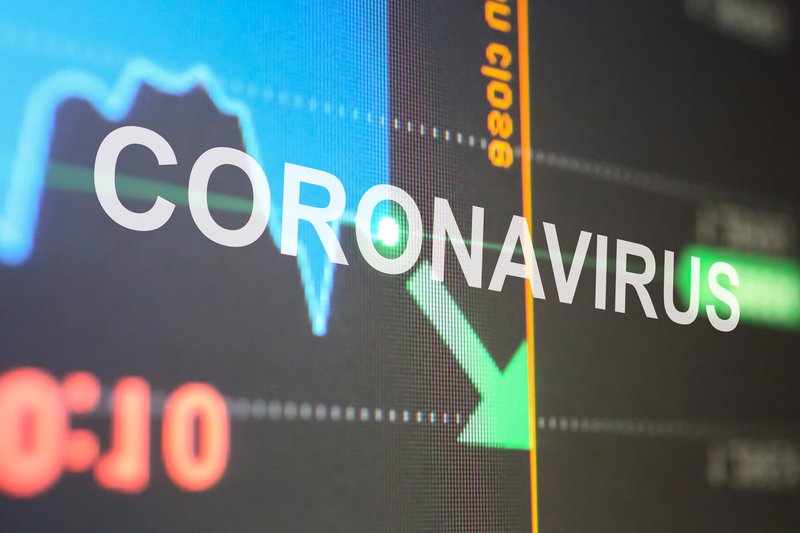
Frederick Vetesse
April 1, 2020
The precipitous fall in the stock markets in recent weeks has dealt a body blow to investors, especially those who were thinking of retiring soon or who have already retired.
The big question is, how can we expect this coronavirus-induced bear market to evolve over the coming months, and maybe years? Perhaps history can provide some insights.
Bear markets, which are defined as a decline in a stock market index of 20 per cent or more, are nothing new. If we look at the S&P 500 index, there have been 10 bear markets in the past 70 years (not counting the current one), so we can expect one to occur every six or seven years on average. In spite of them, stock investors have been richly rewarded for taking risks.
If bear markets all evolved in the same fashion, we wouldn’t have to be so afraid of them, but that isn’t the case. Since 1950, we have witnessed two types of bear markets. Type 1 is the plain-vanilla variety, the type that is usually accompanied by an economic slowdown following a prolonged period of prosperity. Seven of the past 10 bear markets fall into this category. The average decline in stocks during a Type 1 bear market has been 27 per cent and the average duration has been just more than 10 months.

It is the Type 2 bear market that causes the real pain, the kind that is triggered by an event that fundamentally changes our world, sometimes literally overnight. I am referring to the bear markets that occurred in:
- 1973-74, caused by oil price shocks from an embargo against the United States by the Organization of Petroleum Exporting Countries;
- 2000-02, that started with the collapse of the dot-com bubble but then made worse by the terrorist attacks of Sept. 11, 2001;
- 2008-09, owing to the near-meltdown of the global financial markets.
The average decline during these three bear markets was 51 per cent, with an average duration of 23 months. In other words, Type 2 bear markets have fallen about twice as far and lasted twice as long as the Type 1 variety.
Given the mind-numbing start to the current bear market (the S&P 500 fell a record 30 per cent from its record high in just 22 trading days) and the virtual shutdown of global economies, it certainly feels like a Type 2 bear market. (In fact, it feels more like sci-fi movie.) An eventual drop of 50 per cent in the stock market indexes would not come as surprise, and ultimately it could be much worse; in the three years after the crash of 1929, the Dow Jones Industrial Average fell 89.2 per cent.
To be clear, the spread of COVID-19 is not enough reason in itself to create the worst-case scenario in the capital markets. The 1918 influenza pandemic cost 30 million to 50 million lives, most of them young, and yet it barely caused a blip on the stock markets of the day. It is not so much pandemics that cause markets to fall, but how we react to them. Given that all developed countries have committed to do their utmost to help their economies recover once this pandemic has run its course, a fall of 50 per cent seems much more likely than a Depression-style fall of 80 per cent. Just don’t expect the market turbulence to be over any time soon.
What should an investor do then, especially one who is closing in on retirement? One path is to stay fully invested and reduce expenditures where you can in the interim. This approach has stood the test of time, at least for the past three-quarters of a century. Anyone who stayed fully invested during the 2008-09 market meltdown, for instance, was eventually rewarded. The one caveat is that this strategy will almost certainly cause investors a lot of stress in the coming months.
An alternative path is to reduce your equity holdings if and when the opportunity arises. This means selling on an uptick in the stock markets and then not buying back in until the markets have fallen significantly from their current levels. Such an uptick (known as a dead cat bounce) has already happened in recent days. The gain on the Dow on March 24 was 11.4 per cent, its strongest one-day gain since 1933. This won’t be the last one. The one big problem with this strategy is that absolutely no one is consistently good at timing the market. If the markets do fall 50 per cent or more, you will be hard-pressed to start buying stocks again on the first sign of recovery and when recovery does become more certain, you will probably have missed the boat. I know some investors who took years to get back into equities after 2009.
There is a third way, which is to take your lumps and sell your equity holdings now, with no plan to buy back in later on. There is some sense in doing this if you have enough assets left to furnish the lifestyle you want, but I fear this approach will eventually lead to chagrin. Markets never stay low forever and you may well come to regret being on the sidelines when the recovery inevitably begins.
Frederick Vettese is former chief actuary of Morneau Shepell and author of three retirement books.
This Globe and Mail article was legally licensed by AdvisorStream.
© Copyright 2025 The Globe and Mail Inc. All rights reserved.


